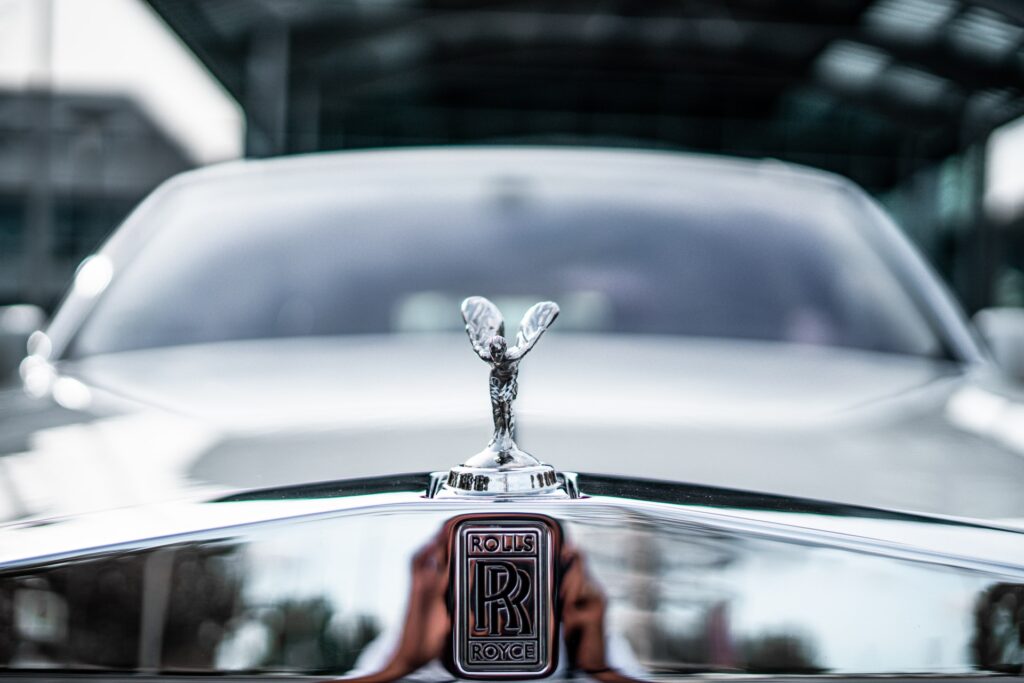There is no question that women are more hypergamous than men. This has been observed throughout history and across cultures. It’s what leads them to seek out high-status men and to strongly prefer mates who are better looking and more successful than themselves. The average woman has a tendency to seek out high-quality men as mates. This occurs in spite of the fact that most women are not consciously aware of this inherent hypergamy. A study published in the journal “Personality and Social Psychology Review” found that when given the opportunity, women will pursue mates who are significantly better-looking than themselves. Additionally, they will also pursue wealthier men and men with more prestigious occupations.
What is hypergamy? Hypergamy is a term used in social science for the act or practice of a woman marrying a man of higher caste or social status than her own. The word is derived from the Greek hyper (“over, above”) and gamos (“marriage”). Most women prefer to marry above her class, wealth and/or education because of their hypergamous nature.

Women who are married to wealthier men often have more fulfilling lives than those who are single and dating
Experts say that hypergamy is an evolutionary adaptation that occurs when females choose to mate with males that are of higher genetic quality than themselves. This term is also known as “marrying up.” The purpose of this behavior is to improve the female’s offspring’s chance of survival and reproductive success. Hypergamy has been observed in many species, including humans. The following quote from The Female Brain by Louann Brizendine explains how the female brain is hypergamous: “There are two systems that govern our mating choices. The first is the reward system, which controls our emotions and affects our previous experiences with men. The second is the reproductive system—what’s known as our ‘brain circuitry.’ These two systems are inextricably linked, and determine our mating choices.”
When it comes to the topic of hypergamy, there are two drastically different perspectives: the male perspective and the female perspective. Men typically see hypergamy as a woman’s innate desire to date or marry up, while women typically see hypergamy as a way to ensure that they are able to provide for themselves and their children. One of the key ways that men and women differ in their approach to hypergamy is in their understanding of what it actually means. For men, hypergamy is often viewed as a woman’s need or desire to be with a man who is taller, wealthier, or more powerful than them. Women, on the other hand, often see hypergamy as a way to maintain their independence and financial security.
Does anyone else see the irony there? This relates back to what I said in my post on “Strong, Independent Women” which I’ll link here. It’s funny how women, and society, see having a man who is wealthier than them as “their” independence and financial security.
When it comes to relationships, people come from all different walks of life with different cultural backgrounds. One thing that is universally agreed upon is that everyone has their own perspective on love and relationships. From the way we are socialized to the expectations our families have for us, culture heavily influences how we approach relationships and hypergamy. For example, in some cultures it is more socially acceptable for men to have multiple partners while women are expected to remain monogamous.

In some cultures it is socially acceptable for men to have multiple partners while women are expected to remain monogamous
There are both positive and negative aspects to hypergamy. On one hand, some say that hypergamy can lead to women having better lives and opportunities. Even though they may have less choices for finding their partners because fewer men fit into their hypergamous standards, when they do find a man they are rewarded with increased financial stability, and greater social status. Although there are some negative aspects that a woman may have to accept when being with men who are wealthier, more successful and have higher social status than they do. But many times that’s a small concession. Women who marry a man who is wealthier, more successful and has a higher social status than them will find themselves envied by women they were previously friends with. It can be very beneficial to a woman, who may find herself happier being part of an affluent and successful couple. In fact, women who are married to wealthier men often have more fulfilling lives than those who are single and dating.
In conclusion, female hypergamy is a natural, evolutionary adaptation that has both positive and negative consequences for men and women. While it can be seen as a tool for women to gain resources and security, it can also lead to competition and conflict between men and women. Some men see the negatives of female hypergamy as the potential for emotional and financial instability. Ultimately, hypergamy is something men and women need to be aware of when it comes to dating, relationships and marriage.